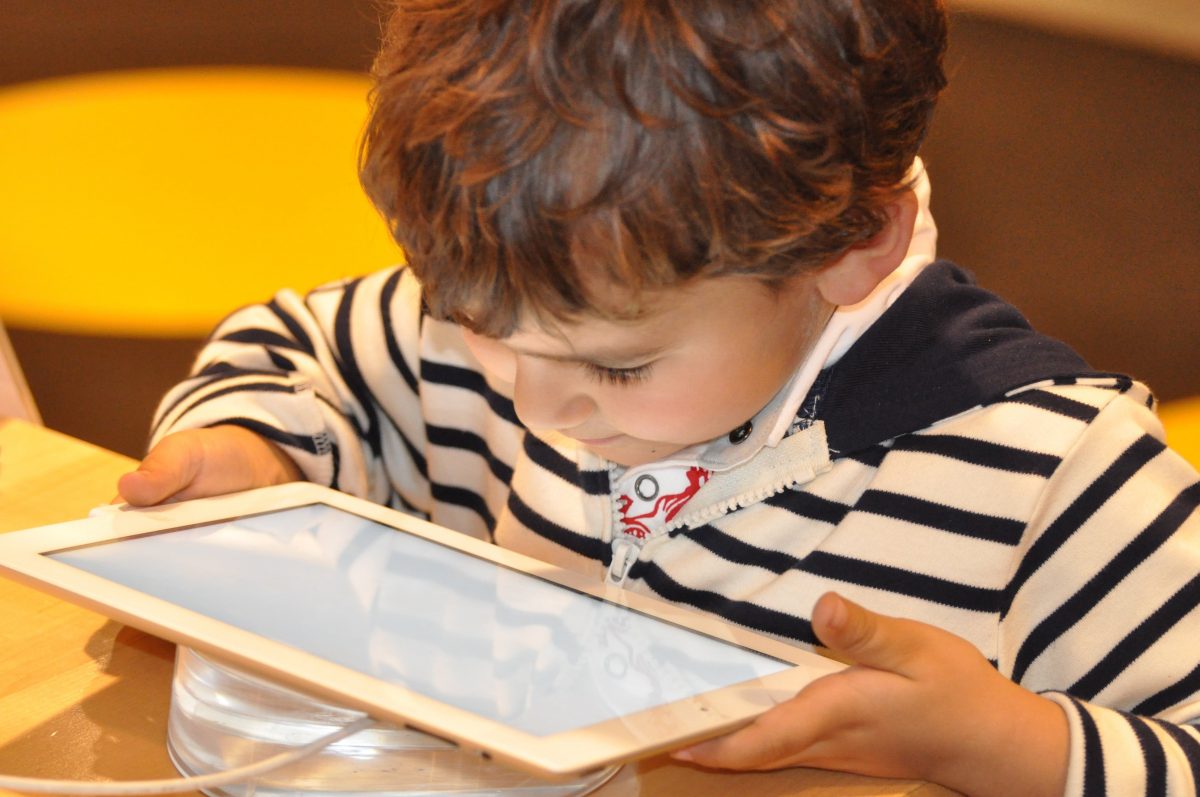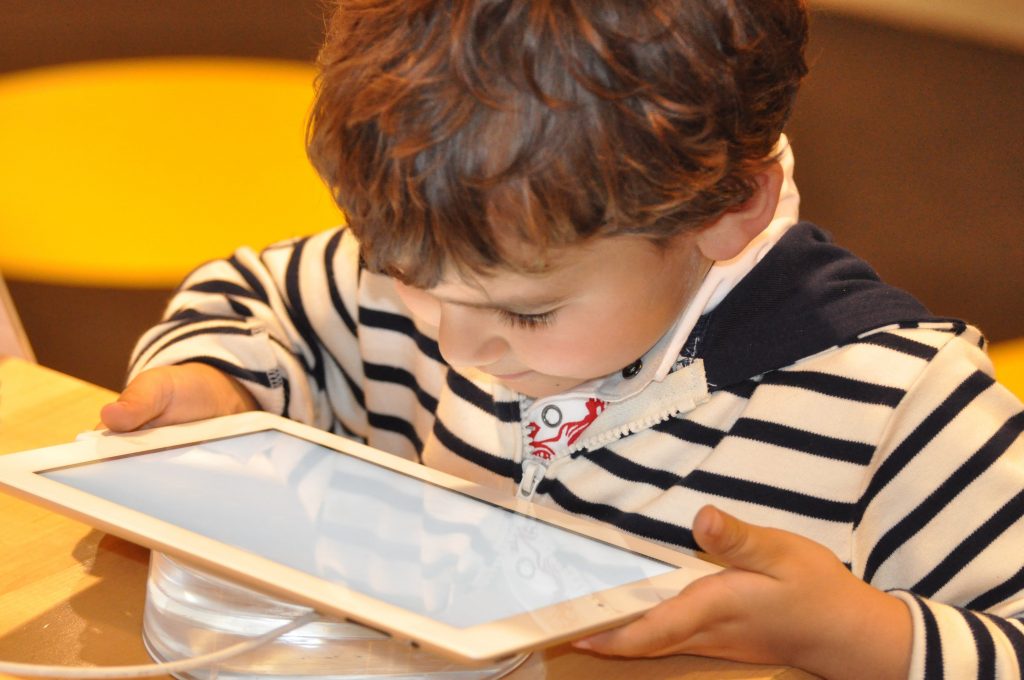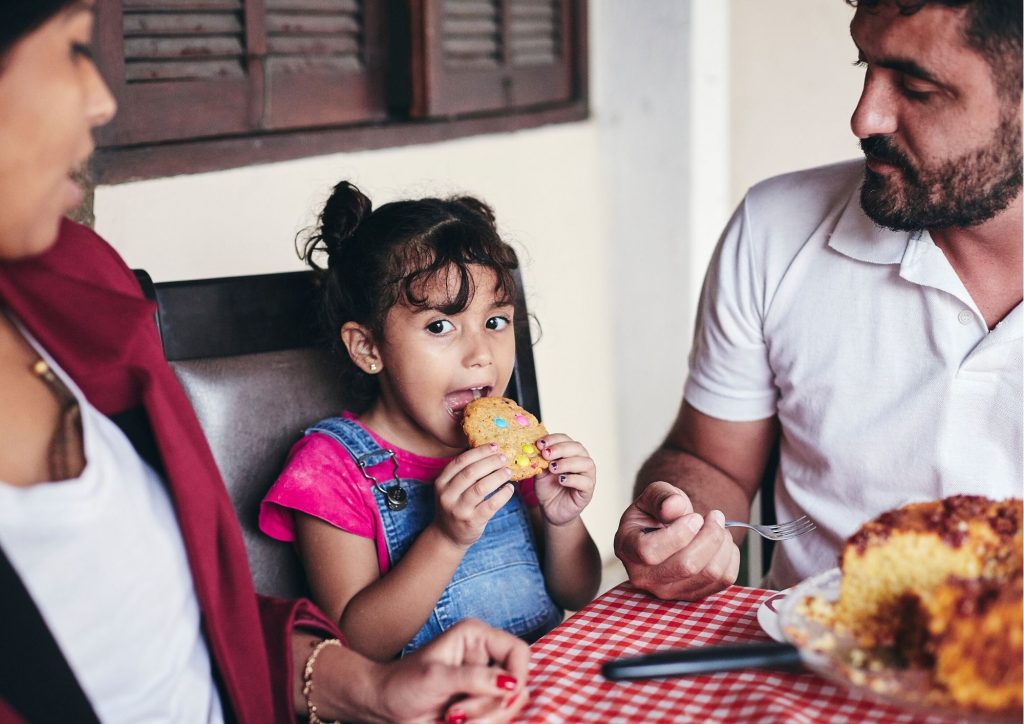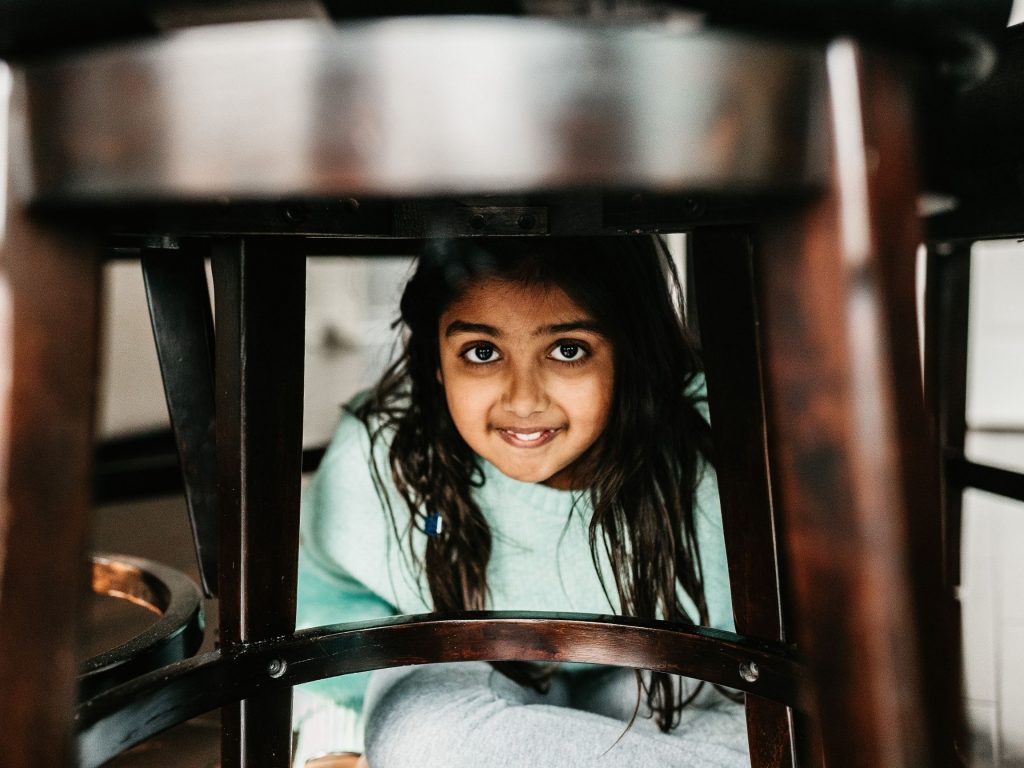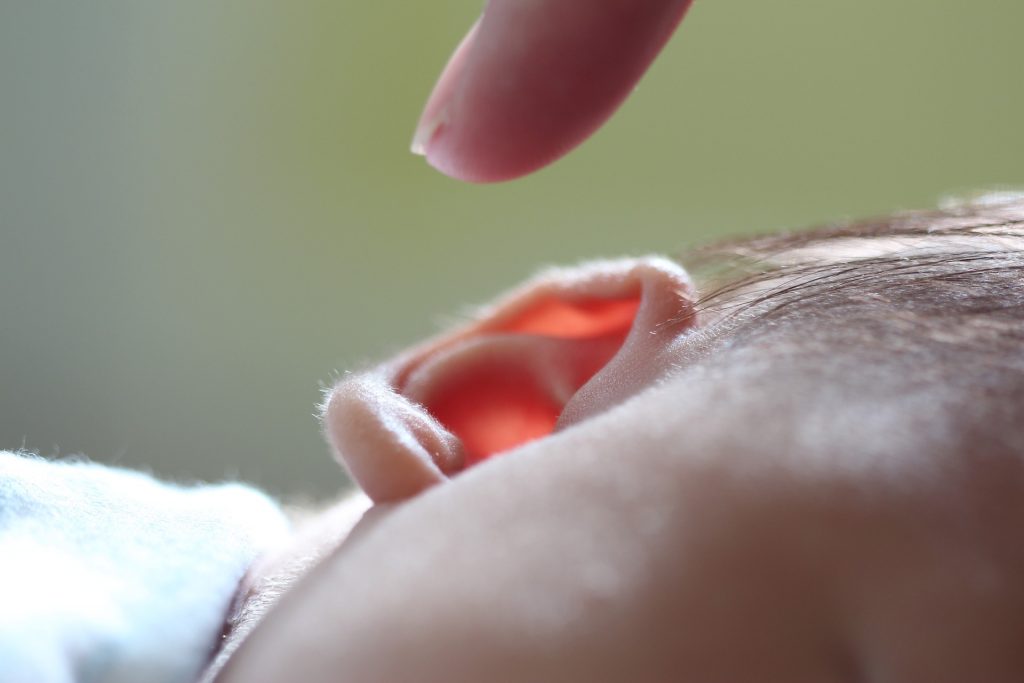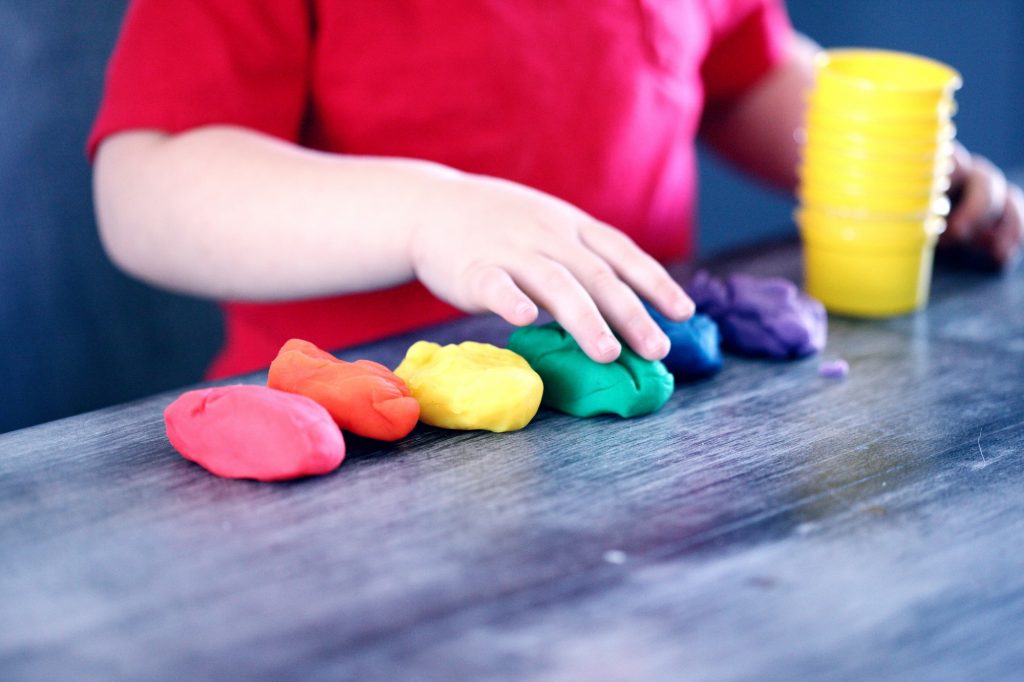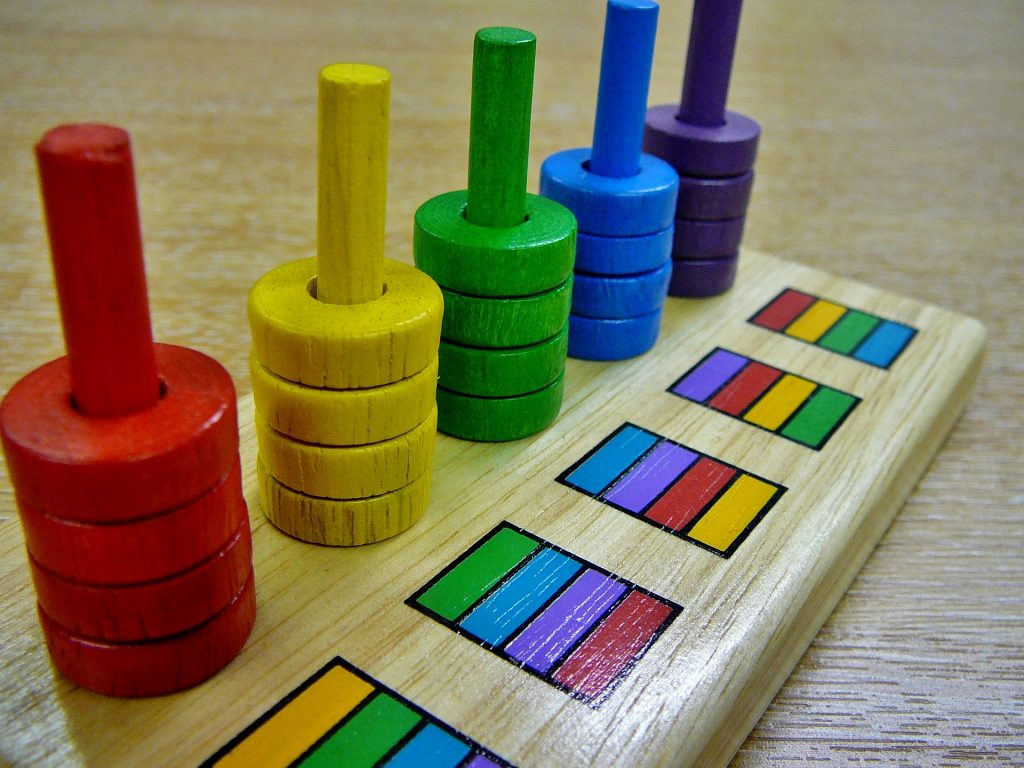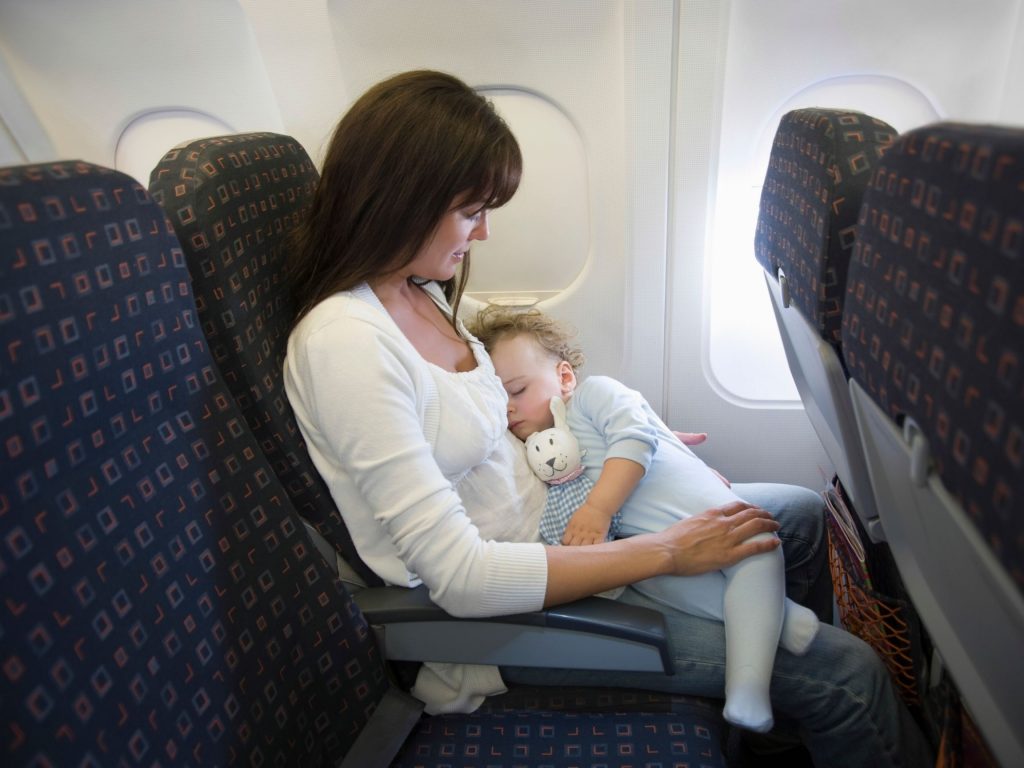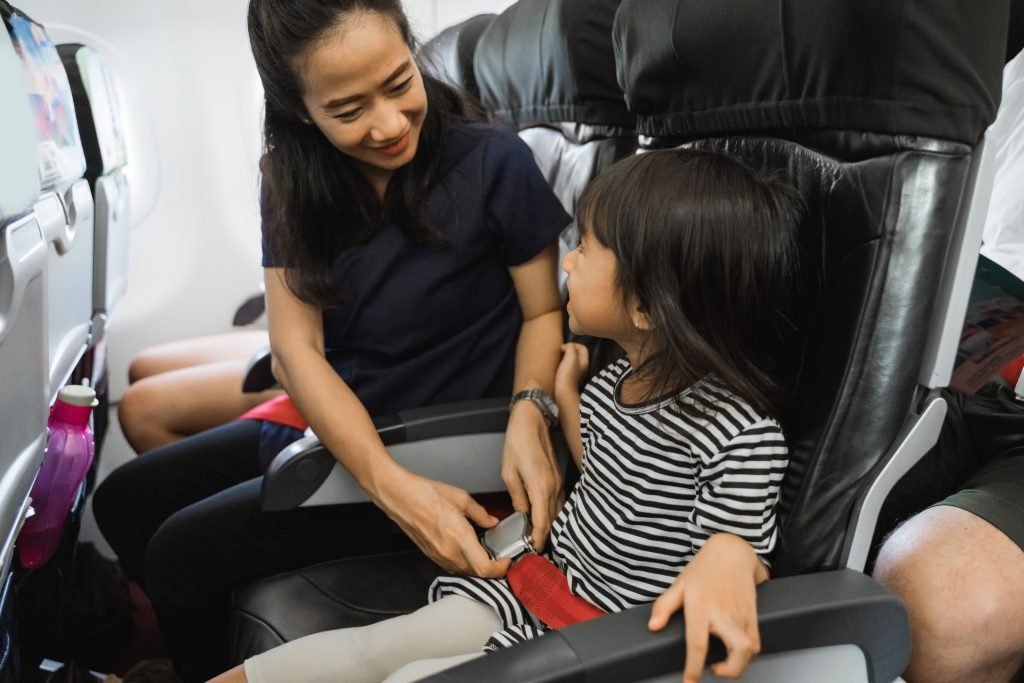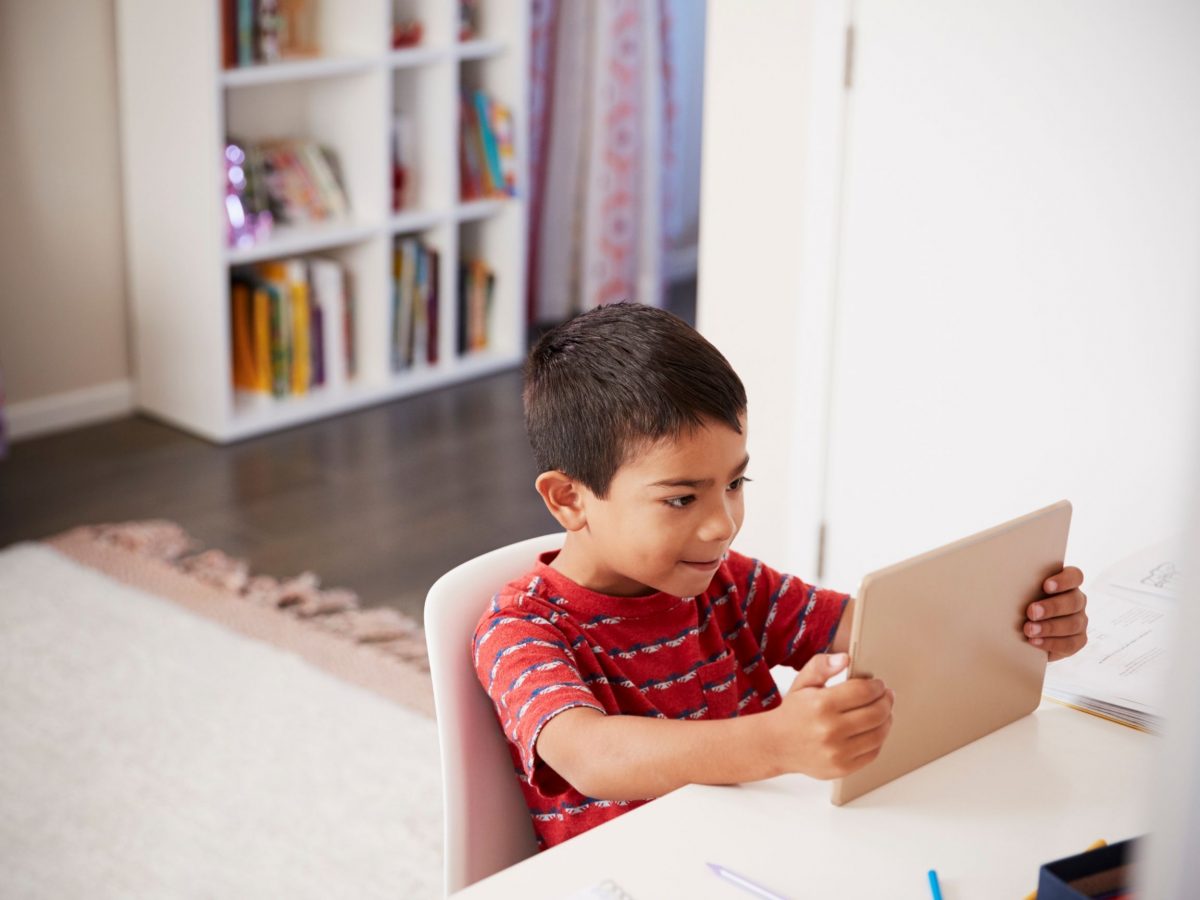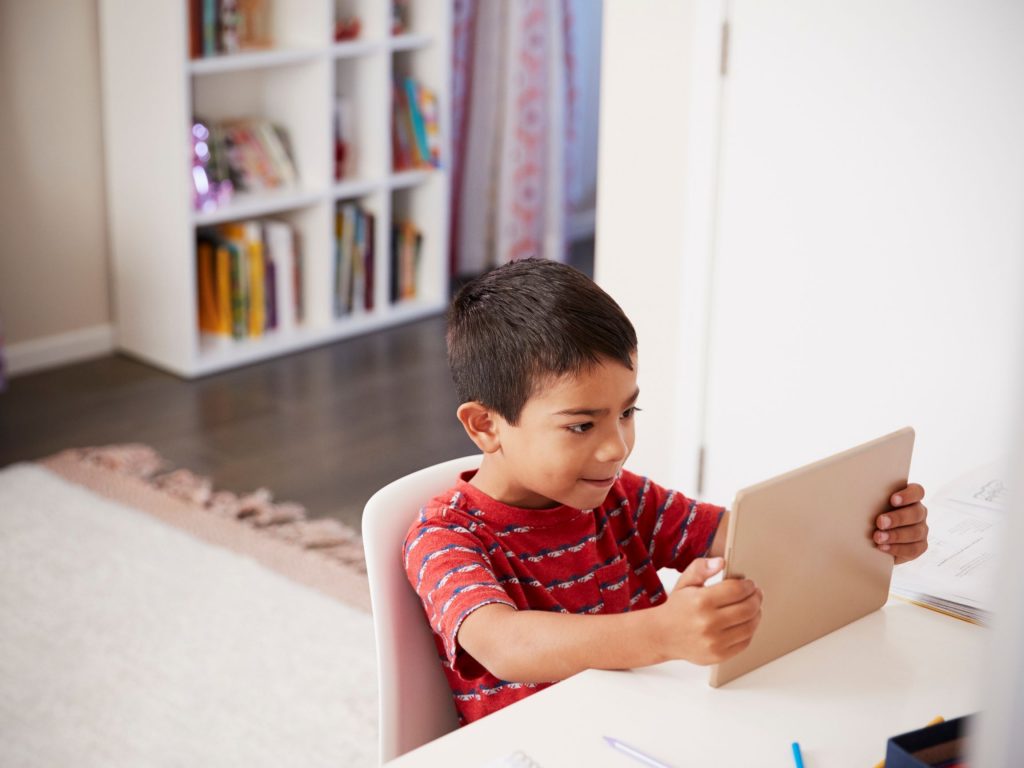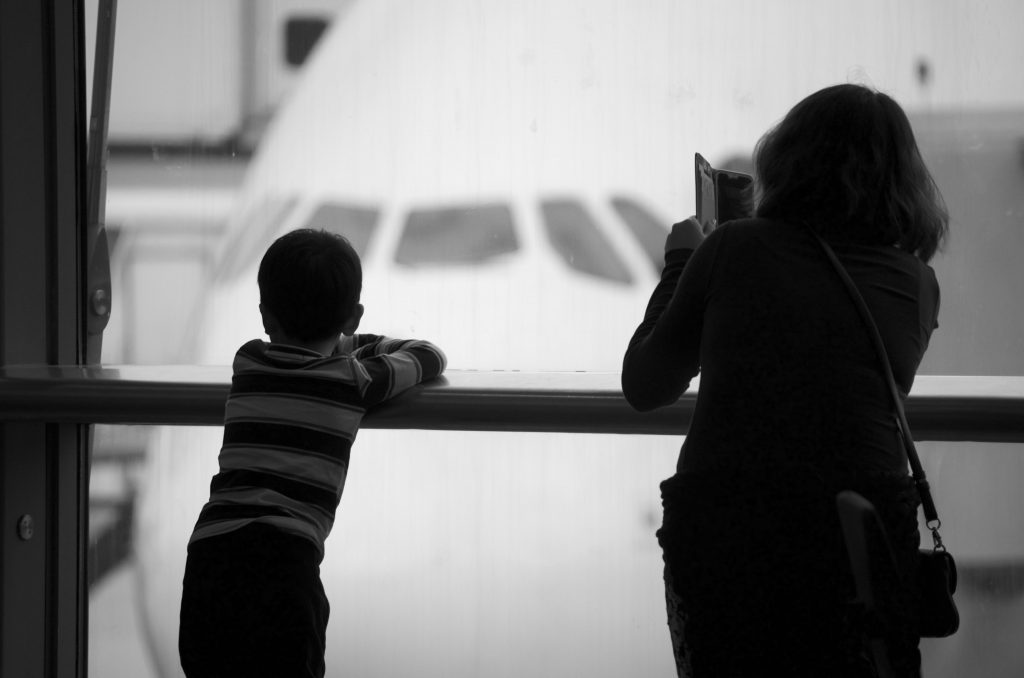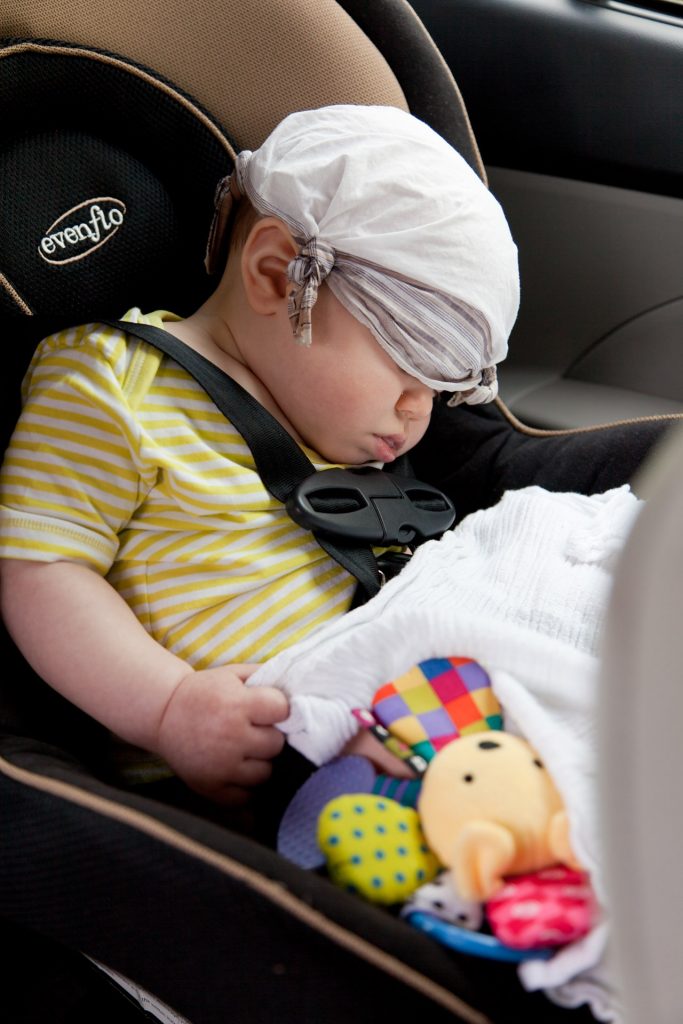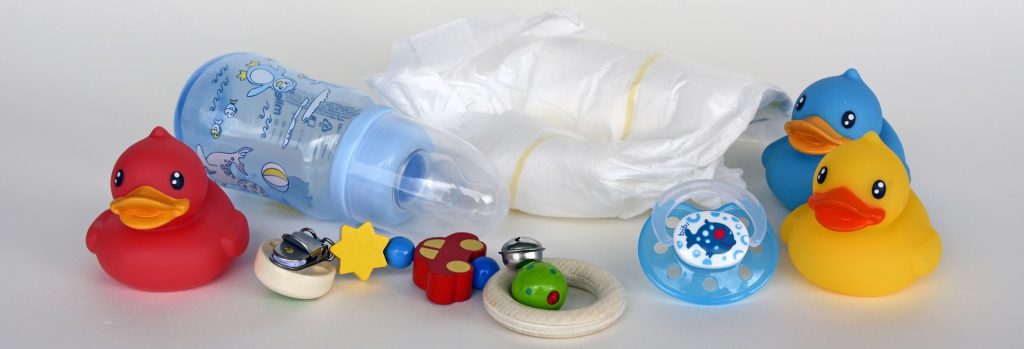Some babies sleep much more whilst a few sleep pretty less. For instance, a few sleep through the night and some do not, for a long time. Your little one will have their pattern of sleeping and waking, and it is not likely to be similar to other kids you know. It is not going to fit in with your necessity for sleep. Try to sleep when your baby sleeps. If you are breastfeeding, in the initial weeks your little one is likely to sleep off for short periods during a feed. Continue feeding until you think your baby has completed or until they are completely asleep. This is a perfect opportunity to get a bit of rest yourself.
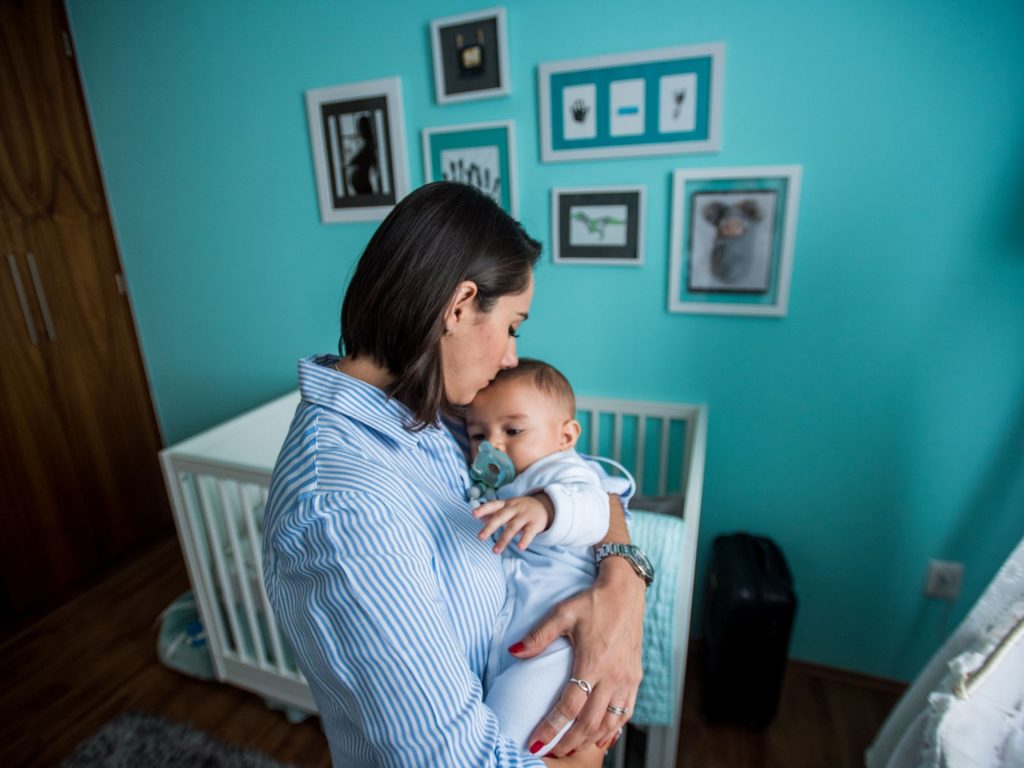
Soothing activities to help your baby sleep.
Teach your infant that night-time is different from daytime. During the day, play games, open curtains and do not worry too much about daily noises when they sleep.
At night, look out for tired signs and put your baby to bed as soon as they have been fed. You might also find it useful to not talk much and keep your voice low. Keep the dim lights on and do not play with your baby
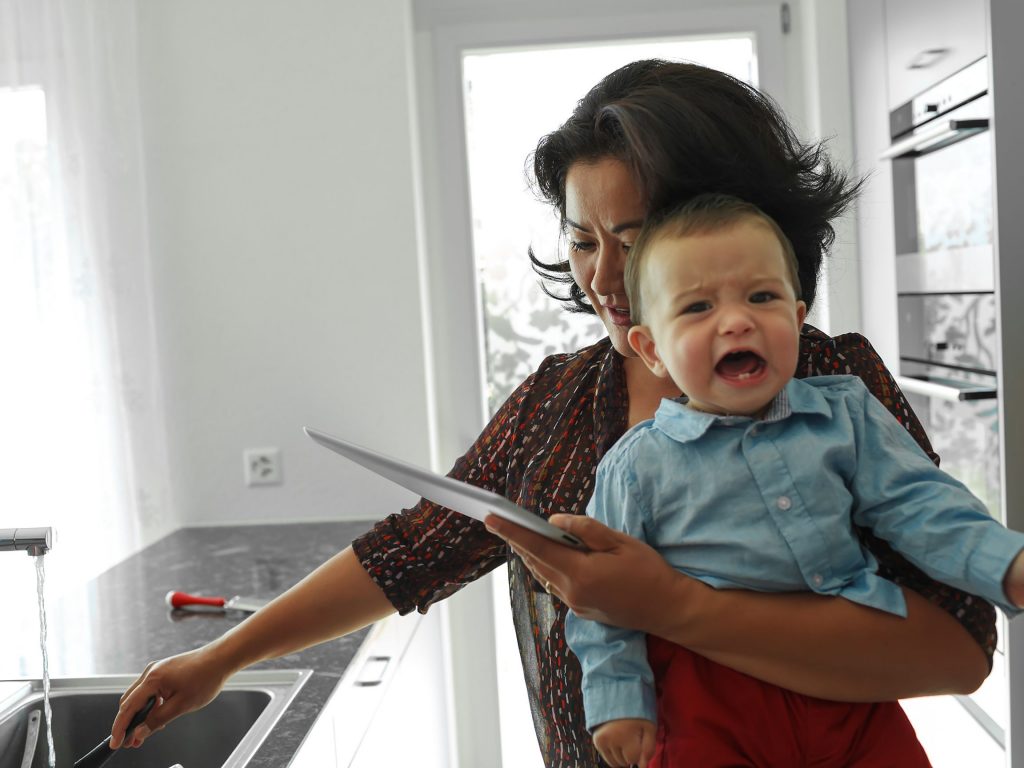
Babies will show signs when they are getting tired such as frowning, yawning, grimacing, sucking, grizzling, staring, jerky movements, snuggling in, becoming overactive, rubbing eyes, clenching fists, crying or fussiness. Replying early to these tired signs stops your baby from becoming distressed and makes it easier for them to sleep.

Set-up schedule with a newborn
Newborn babies will sleep on and off all through the day and night. It could be useful to have a pattern, but you can always alter the routine to suit your requirements. For instance, you can try feeding your baby just before you go to sleep so that he/she can get sleep for longer hours.

Know how to settle your babies
In the initial six months, you can hold your newborn in your arms till they fall asleep. Utilize mild rocking, rhythmic patting, talking, stroking, or singing softly before placing your baby into the cot. These reiterations signal recreation and sleep.

You can also try placing the baby in the cot awake but drowsy and calm and gently stroke or pat them till they fall asleep, comforting them with mild sounds. If your baby becomes distressed, lift them for a cuddle until quiet or asleep before putting your baby back in the cot. Stay with them till they doze off.
Preparing a bedtime schedule
You might be prepared to start a bedtime schedule when your baby is approximately three months age. Getting them into a soothing, simple bedtime schedule can be useful for everyone and can assist to stop sleeping problems afterwards. Here are some things to try.
- Changing into nightclothes and a fresh nappy
- Reading a bedtime story
- A warm bath before bedtime
- Putting them to bed
- Singing a lullaby or having a wind-up musical mobile that you can turn on when you have put your baby to bed
- Dimming the lights in the room to create a tranquil atmosphere
- Giving them a cuddle and goodnight kiss

As your child grows older, it can be useful to keep to a similar bedtime habit. Excessive stimulation and excitement just before bedtime can awaken your baby up again. Use some time relaxing and doing some quieter things, such as reading.

